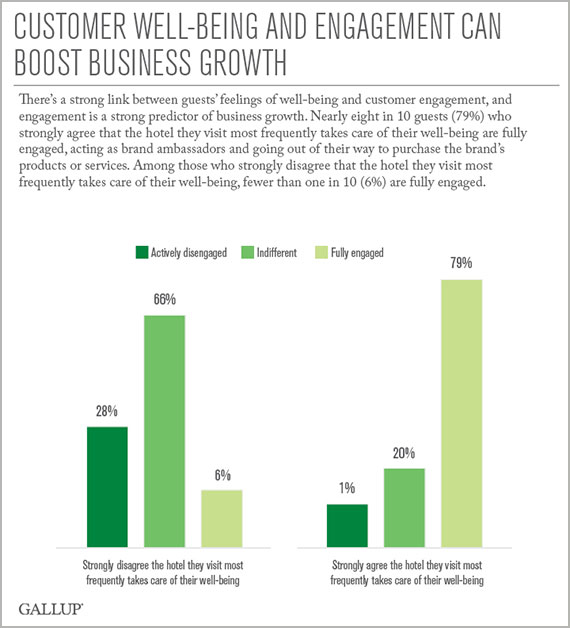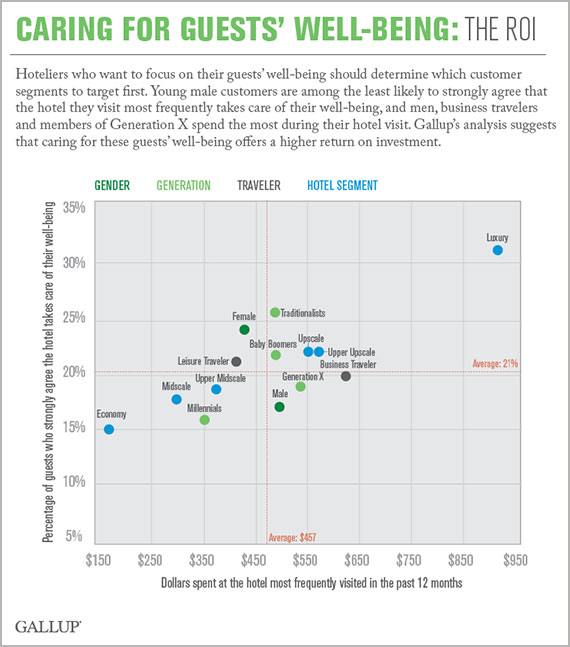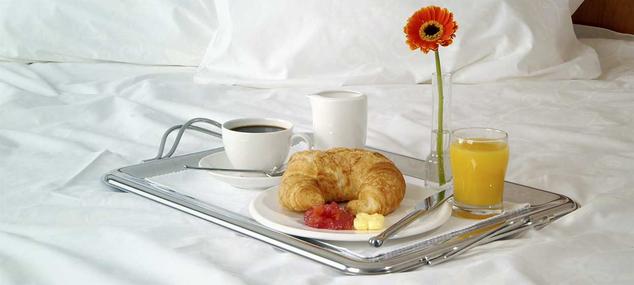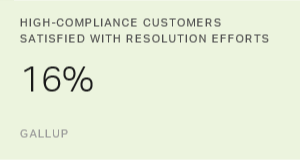Story Highlights
- Caring for guests' well-being can boost the bottom line
- Improving the well-being of three groups offers the highest ROI
- Service is the most vital part of the well-being equation
Traveling these days often means navigating a gauntlet of flight delays, security checkpoints, overcrowded planes, lost luggage and unfamiliar streets. It's enough to set travelers' stress levels soaring.
So it's no surprise that hoteliers are looking for ways to nurture a sense of well-being among their frazzled guests. Many hotels have started offering everything from soothing massages and yoga classes to guided meditation to restore travelers' lost equilibrium.
Other hotels take it even further, touting their entire guest experience as a holistic respite from the tumult of life. These facilities offer everything from spa treatments to uber-healthy cuisine, state-of-the-art workout facilities and an invigorating atmosphere designed to help guests attain an optimal sense of wellness.
But does this approach make good business sense? Or is it just another warm and fuzzy fad?
Taking care of guests' well-being can lead to a healthier balance sheet if hotels do it right. That's because there's a strong link between guests' feelings of well-being and customer engagement, according to Gallup's 2014 Hospitality Industry study. Among guests who strongly agree that the hotel they visit most frequently takes care of their well-being, 79% are fully engaged, compared with 20% who are indifferent and 1% who are actively disengaged. Among those who strongly disagree with this statement, a mere 6% are fully engaged.

The connection between well-being and customer engagement is important for hotels because engagement is a powerful predictor of business growth. Gallup's analysis shows a strong link between customers' engagement levels with a hotel and the amount of money they spend per visit. Guests spent an average of $457 per stay at the hotel they visited most frequently in the past 12 months, but fully engaged guests spent $588 per stay compared with $403 per stay for actively disengaged guests -- a difference of $185 per customer.
Engaged guests also offer other advantages beyond the money they spend. They're less price-sensitive than indifferent or actively disengaged guests. They have a strong emotional attachment to the hotel brand they visit most frequently and will promote it among friends, family and colleagues. They will even go out of their way to stay at these hotels when traveling.
Any lever hoteliers can pull to increase the ranks of their fully engaged guests will help them improve their bottom line. On average, only 22% of hotel customers are fully engaged with the hotel they visit most frequently. When you consider that just 21% of guests strongly agree that the hotel they visit most frequently takes care of their well-being, it's clear that many hoteliers are missing a prime opportunity to create more fully engaged customers.
Engaging Different Types of Guests Through Their Well-Being
Hoteliers who want to begin focusing on their guests' well-being should consider which customer segments to target first. Gallup's analysis shows that young male customers are among the least likely to strongly agree that the hotel they visit most frequently takes care of their well-being. The analysis also shows that men, business travelers and members of Generation X spend the most during their hotel visit. Given these guests spend the most, taking care of their well-being offers a higher return on investment.
Of the six distinct segments of the hotel market analyzed in this study -- luxury, upper upscale, upscale, upper midscale, midscale, and economy -- Gallup finds that higher-end hotels do a better job of taking care of their guests' well-being. Economy customers are least likely to strongly agree that the hotel they visit most frequently cares for their well-being (15%), while the percentage doubles for luxury hotel customers (31%).
Perceiving that their hotel takes care of their well-being is a stronger driver of engagement for luxury customers than for customers of lower-priced hotel chains. And in general, the competition for customers is more intense among brands in the same category than across categories. Thus, it's particularly crucial for high-end brands to outperform their peers in caring for guests' well-being if they want to add to their ranks of fully engaged customers.

Service Sets Hotels Apart
Taking care of guest well-being can be simple and complex, straightforward and ambiguous. It can be providing comfort, peace of mind or making guests feel wanted. It varies from guest to guest, yet it connects all of a hotel's products and services -- and it affects every interaction between guests and hotel staff members at every stage of their hotel stay.
Though hotels can partially fulfill guests' yearning for tending to their well-being by providing comfortable beds, setting up fitness centers, booking massages and offering healthy, nourishing foods in their restaurants, this likely won't be enough. Competitors can easily imitate these products and services, and many of these offerings aren't feasible or affordable because of their cost and scale implications.
Service is perhaps the most vital element of the well-being equation, particularly when it comes to providing comfort, meeting guests' needs and alleviating their worries. And a hotel can only succeed at making guests feel wanted and welcomed -- and helping them experience a sense of belonging -- when it embeds these objectives into its culture and the ongoing training it provides to its people.
Gallup has learned through decades of working with world-renowned hotel brands that providing premium service requires a responsive, helpful staff that anticipates guest needs and customizes services. It also requires staff that shows respect and courtesy at all times, provides a sincere welcome and farewell on arrival and departure, resolves problems quickly and to the guests' satisfaction, and helps guests have a worry-free stay. A hotel company that thoroughly prepares employees for these one-on-one interactions with customers gains a clear advantage in ensuring that all guests feel the hotel truly cares about their well-being.
Survey Methods
Results of this study are based on a Gallup Panel Web and mail study completed by 13,515 national adults, aged 18 and older, conducted Dec. 23, 2013-Jan. 28, 2014. The Gallup Panel is a probability-based longitudinal panel of U.S. adults who are selected using random-digit-dial (RDD) phone interviews that cover landlines and cellphones. Address-based sampling methods are also used to recruit panel members. The Gallup Panel is not an opt-in panel, and members are not given incentives for participating.
The sample for this study was weighted to be demographically representative of the U.S. adult population, using 2012 Current Population Survey figures. For results based on this sample, one can say that the maximum margin of sampling error is ±1 percentage points, at the 95% confidence level. Margins of error are higher for subsamples. In addition to sampling error, question wording and practical difficulties in conducting surveys can introduce error and bias into the findings of public opinion polls.
Learn more about how the Gallup Panel works.
For more information about the full 2014 Hospitality Industry Study and data, contact Gallup.

